 |
|
Cape Canaveral Air Force Station Tour(s) 1 Dec. 2011 - 21 Dec. 2011 - 27 June 2013 |
Page Five of Ten |
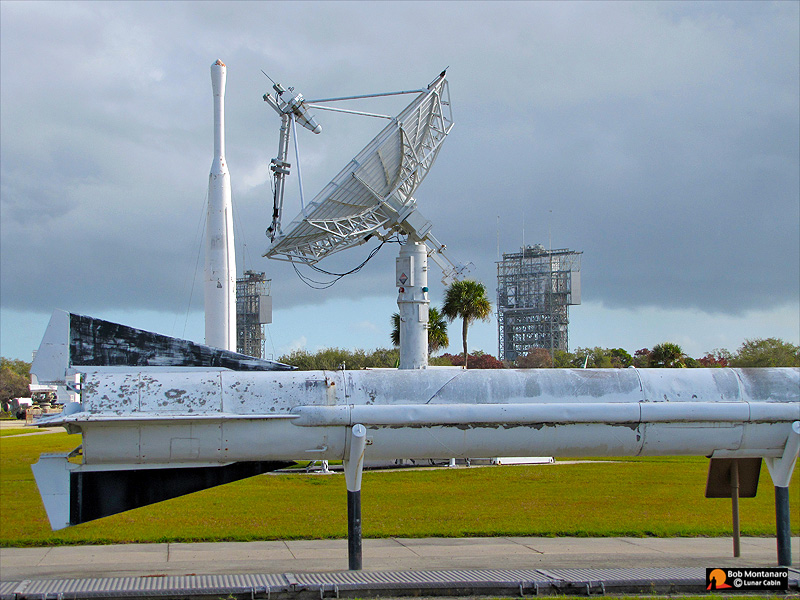 |
|
| Outdoor displays. Note the old Delta 2 gantries in the background. | |
 |
|
| A Polaris missile stands at right next to the orange-insulation coated Delta IV Common Booster Core. In the distance stands the Thor-Able rocket. | |
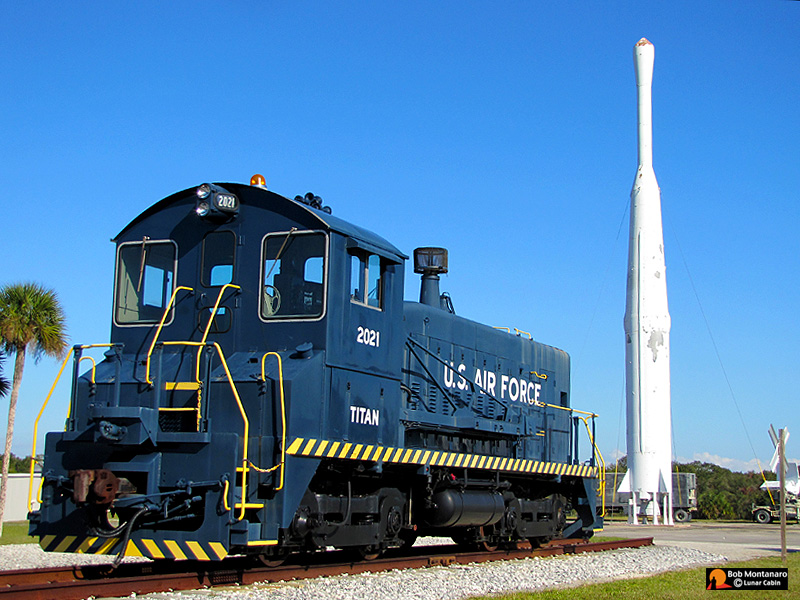 |
|
| A retired locomotive engine that used to move Titan rockets to the launch pad is parked near the Thor-Able rocket. | |
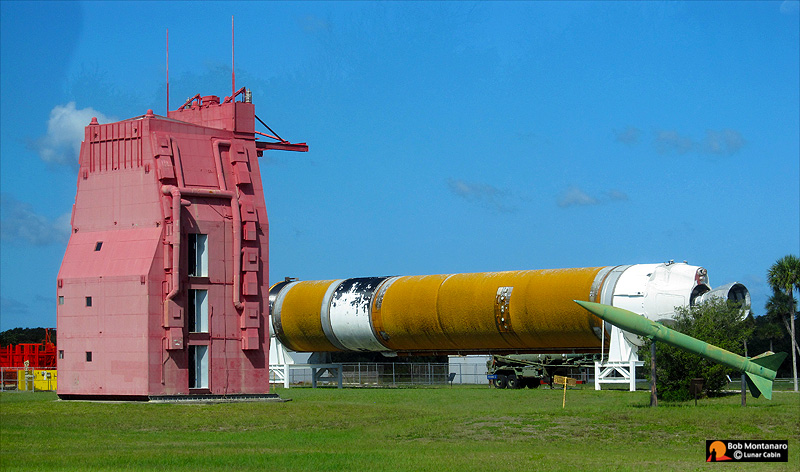 |
|
| The structure at left is the white room that used to sit atop the erector gantry at Launch Complex 19 where crews could work on the Gemini capsule atop the Titan rocket while it was at the pad. Note the green Honest John field artillery rocket. | |
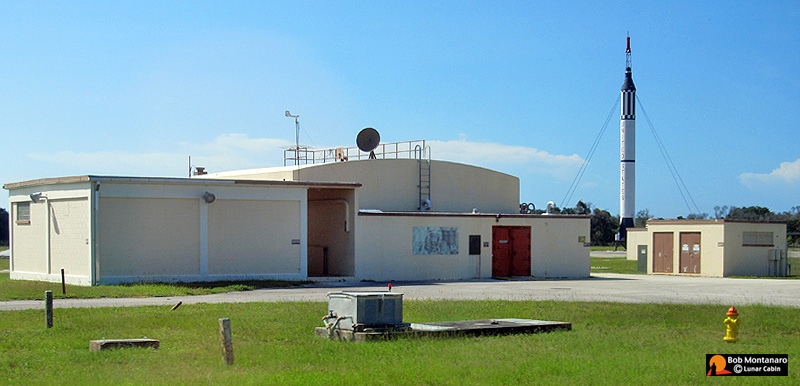 |
|
| The blockhouse at Complex 5 that controlled the launch of the nearby Mercury-Redstone rocket that sent Alan Shepherd, and later Gus Grissom, on a sub-orbital flight into space paving the way for the U.S. entry into human spaceflight. | 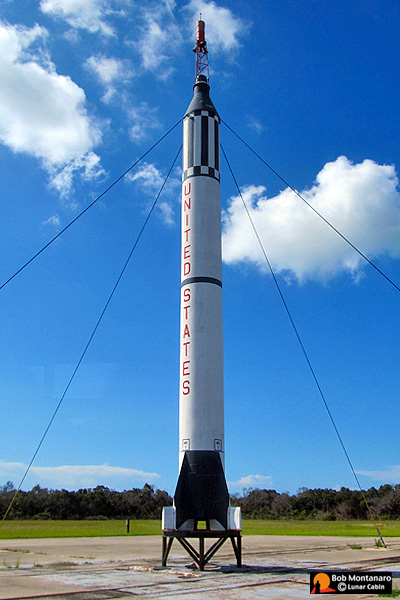 |
 |
|
| The Complex 9 blockhouse at right used for the Navaho project. The structure at top amongst the weeds now growing on the roof held mirrors that reflected views of the launch pad to the crew inside. | |
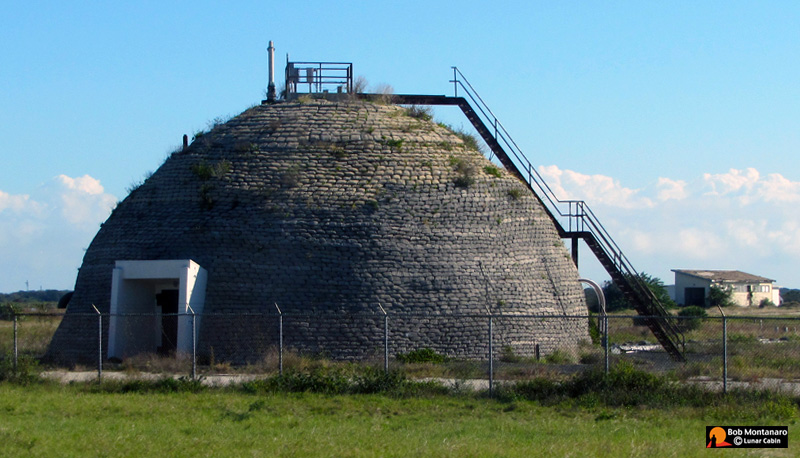 |
|
| The beehive-shaped blockhouse for Complex 32 controlled launches from the surrounding underground missile silos during testing of the Minuteman Intercontinental Ballistic Missile (ICBM). | |
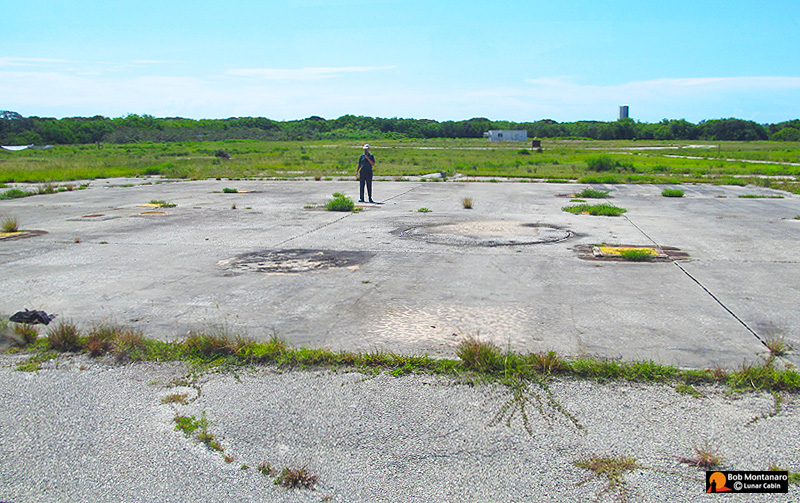 |
|
| Jim Hale stands at the approximate position of the first ever launch from Cape Canaveral; a captured German V-2 rocket from World War II with an attached WAC-Corporal upper stage collectively called Bumper launched on 24 July 1950. The site eventually was designated Complex 3 and was used for a variety of test programs. | |
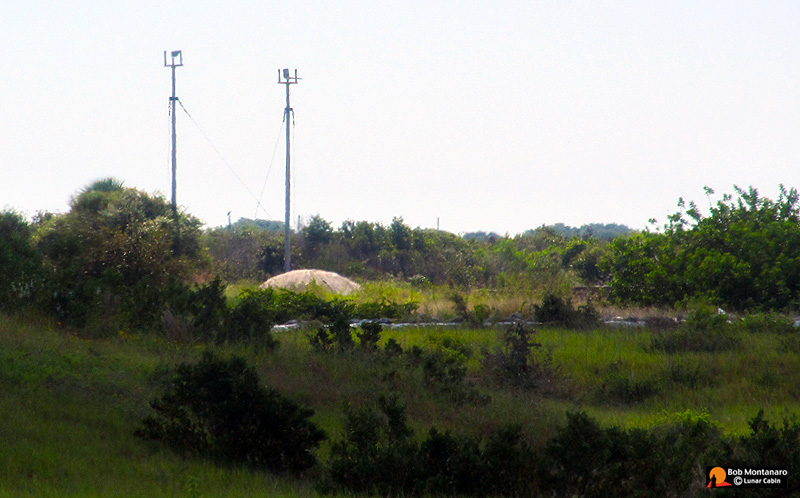 |
|
| The wreckage of the Space Shuttle Challenger is buried in an abandoned Minuteman missile silo at Complex 32 near the white dome. | |
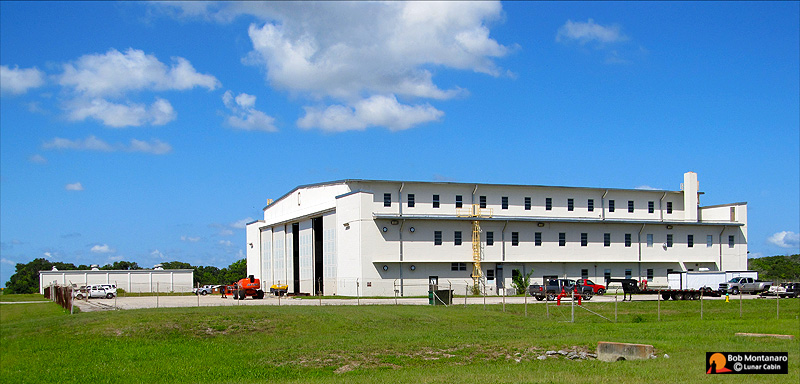 |
|
| A view of Hanger C, one of the first hangers built at Cape Canaveral and the location of Werhner Von Braun's office. | |
Go to Page Six of Ten > > > |
|
All contents copyright Lunar Cabin |
|